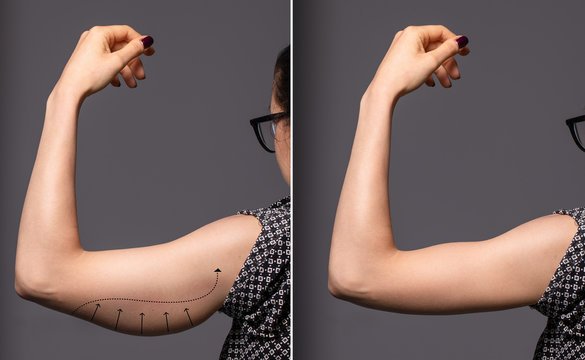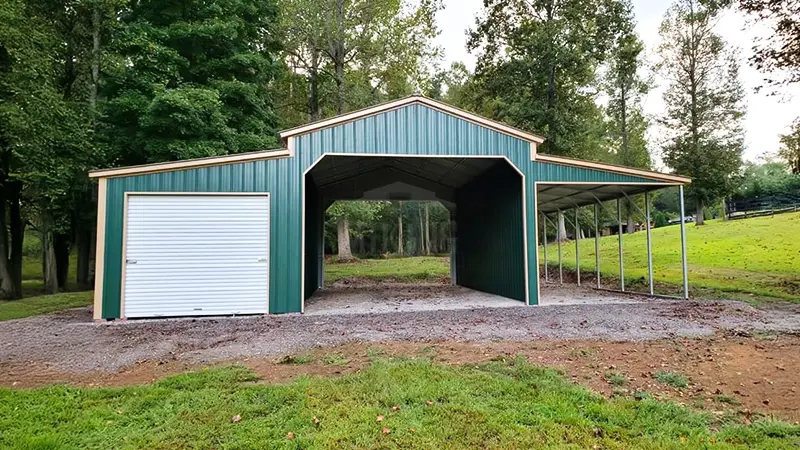If you’re recovering from a foot, ankle, or lower leg injury—or preparing for surgery—you know mobility is key. Many people turn to knee scooter (also called knee walkers) as a comfortable, stable, and more convenient alternative to crutches. But when you’re planning to buy knee scooters for long-term use, the stakes are higher. You’ll want something durable, supportive, and tailored to your needs so it can carry you through weeks or even months of recovery.
This guide will walk you through exactly what to look for before making the investment.
Why Is Long-Term Comfort So Important?
When you use a knee scooter for just a few days, you can get by with a basic model. But for long-term use, comfort becomes essential. You’ll likely be using your knee scooter for extended hours every day, which means a poorly padded knee rest or awkward handlebar positioning can lead to soreness, posture problems, or even additional strain.
Look for:
- Thick, supportive knee padding that evenly distributes pressure.
- Adjustable handlebars and knee platform height to match your body frame.
- Ergonomic grips that prevent hand fatigue during longer use.
What Type of Wheels Should You Choose?
Wheels can make or break your experience. For short-term, indoor use, small plastic wheels may work fine. But for long-term use—especially if you’ll be outdoors—you’ll need something more versatile.
Consider:
- Large pneumatic (air-filled) tires for smoother rides over sidewalks, gravel, and uneven ground.
- Solid rubber wheels for maintenance-free, puncture-proof reliability indoors and outdoors.
- Four-wheel designs for extra stability during turns and on different terrains.
If you live in an area with rough sidewalks or need to navigate outdoor spaces frequently, investing in larger, shock-absorbing wheels is worth every penny.
How Much Weight Can It Support?
Every knee scooter has a weight limit, and exceeding it can compromise stability and safety. For long-term use, you’ll want a scooter that supports your weight comfortably without feeling flimsy.
- Standard knee scooters typically support 250–300 lbs.
- Heavy-duty or bariatric models can handle 350–400 lbs or more.
Always choose a model with at least a 20–30 lb buffer above your current weight to ensure durability over time.
Is It Easy to Maneuver and Store?
When you’ll be using a knee scooter for weeks or months, daily convenience matters. You’ll want something easy to steer, lightweight enough to lift, and foldable for transport.
Look for:
- Tight turning radius for navigating small spaces.
- Foldable frame for quick storage in the car or closet.
- Lightweight aluminum construction without sacrificing strength.
Do You Need Hand Brakes or Dual Brakes?
Brakes aren’t just a safety feature—they’re essential for maintaining control, especially on slopes or uneven surfaces.
- Single-hand brakes are fine for flat, indoor use.
- Dual-hand brakes provide better control for outdoor and downhill riding.
If you’ll be moving between different environments, dual brakes can give you the extra security you need for peace of mind.
What Accessories Make Long-Term Use Easier?
For extended recovery periods, accessories can make your knee scooter feel less like medical equipment and more like a helpful companion.
Popular add-ons include:
- Storage baskets or bags for carrying your essentials hands-free.
- Cup holders for keeping water nearby.
- Sheepskin or gel knee pads for extra cushioning.
While these may seem like small details, they can greatly improve your comfort and convenience over weeks of use.
Should You Buy New or Used?
Buying new ensures you get the latest design, warranty coverage, and a scooter that hasn’t been worn down by previous use. But if you’re on a budget, buying used from a reputable source can save money—just make sure to check the frame, wheels, brakes, and knee rest for wear and tear.
If you do buy used, consider replacing the knee pad and grips for hygiene and comfort.
Why Quality Matters for Long-Term Use
A high-quality knee scooter will hold up over time, prevent breakdowns, and keep you safe. Cheap, poorly made scooters may develop wobbly wheels, worn brakes, or loose parts, which is the last thing you want when your mobility depends on it.
Spending a little more upfront often means you’ll get:
- Stronger frames
- Better wheel systems
- More comfortable padding
- Longer lifespan
Final Thoughts
When you buy a knee scooter for long-term use, think beyond just getting from point A to point B. Consider comfort, durability, stability, and convenience. This isn’t just a purchase—it’s an investment in your mobility, independence, and peace of mind during recovery. You can find the best quality knee scooters at Affinity Home Medical South Salt Lake City e-store.
Choose wisely, and your knee scooter can be a reliable partner in your healing journey.
FAQs
Q1: Is it okay to utilize a knee scooter outside for extended durations?
Yes, but select one that has big pneumatic wheels for smoother rides on rough terrain.
Q2: Is a knee scooter superior to crutches for extended rehabilitation?
For the majority, yes. Knee scooters put less stress on your arms, shoulders, and wrists and provide greater stability and comfort.
Q3: How do I determine what knee scooter size to purchase?
They’re usually adjustable, but review the height range and weight capacity to get a good body fit.
Q4: Can I take my knee scooter on an airplane?
Yes—search for foldable, compact versions for convenient car, bus, or airplane transport.
Q5: How frequently should I inspect the wheels and brakes?
For prolonged use, check them every week for safety and proper functioning.
















Leave a Reply